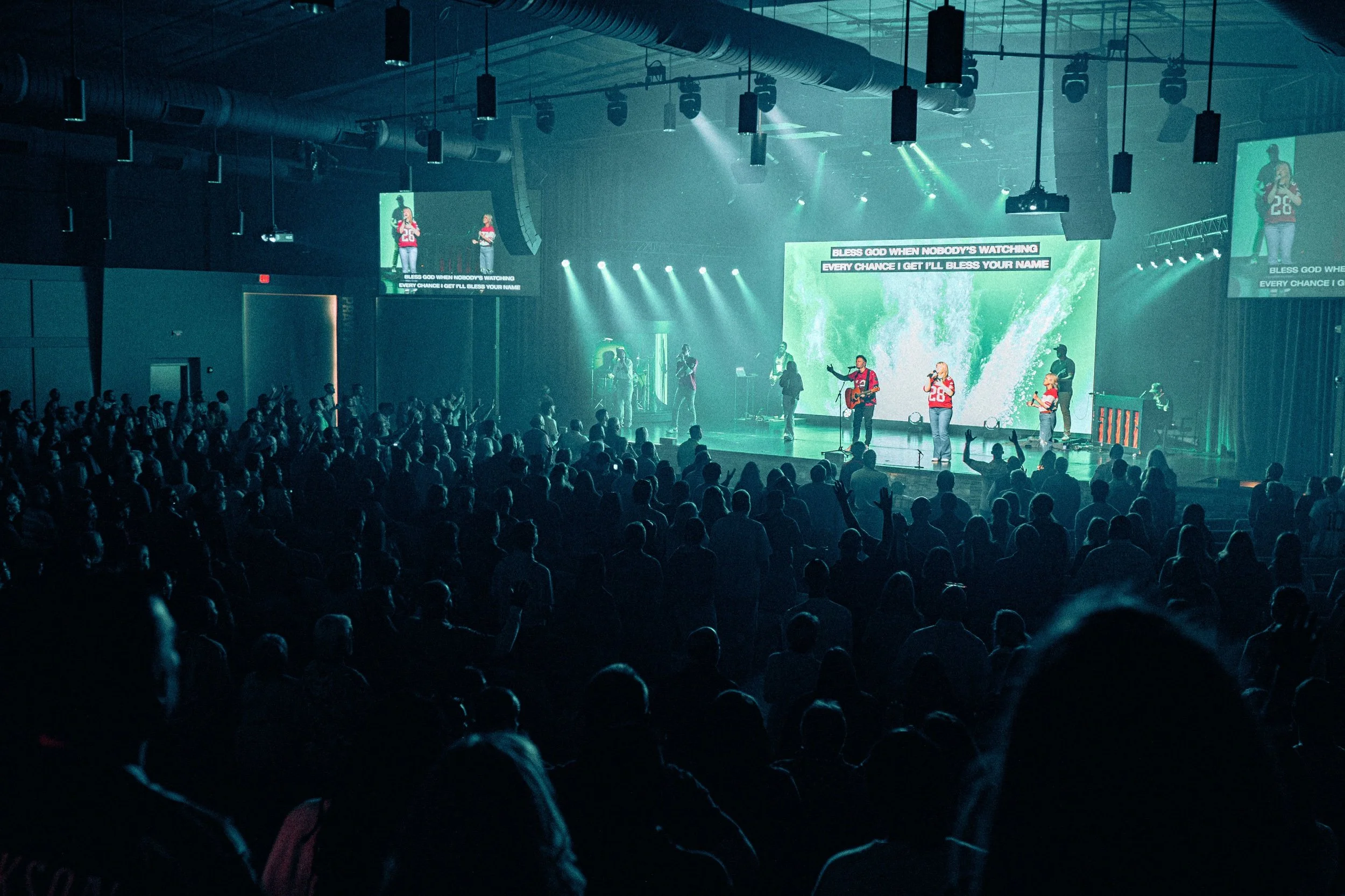When I was in high school I played the trumpet in the school’s band program. This was my main instrument all the way through college and I loved it, and I was pretty good at it! I remember one day in band class, the band director passed out new music to a song and we all began to play. As we started playing, the part I was playing was not matching up with what the rest of the band was playing. Somehow I had gotten a different version of the song! Now let’s be clear… I was playing my version of the music beautifully! I just had the wrong sheet of music! Before I realized that though, I became really frustrated because I knew I was playing my part correctly. But, I also knew it was not matching what the rest of the band was playing. I think this is what happens so often in our churches between our lead pastors and our worship pastors. They both are playing really great pieces of music, but they just don’t go together. The pastor is playing one version of the song while the worship pastor is just rocking out on a completely different piece of music. So over the next few minutes I’m going to give you three ways to help ensure that you and your pastor stay on the same sheet of music.
Submit
The first thing you have to do is submit to the leadership of your lead pastor. This is really a non-negotiable. If you cannot support your pastor and his vision for the church, then you probably need to find another place to serve. God has placed that person as your leader at this particular time. The worst thing that you can do is not support the vision of your lead pastor. This will bring division and disharmony and it will severely damage the trajectory of your church. The enemy loves nothing more than having disunity between the pastor and the worship pastor. If you are having a hard time with this, I would encourage you to carve out some specific time of prayer and fasting so you can hear what God has for you. After you do that, you will have two choices.
The first choice is to suck it up and get behind the vision of the lead pastor. It’s really that simple. You have to figure out how to support your pastor. This might come through conversations about what he wants or asking him what kind of worship music he likes. Maybe listen for what kind of things in worship experiences he has liked or not liked. Get to know, from your lead pastor’s perspective what a successful time of worship would look like if achieved. Through these conversations maybe he would get an opportunity to hear your point of view, too, and hear your voice in a productive way.
The second choice is to ask God to open up another door to a church where you can serve. Many times this is the answer. My first opportunity as a worship pastor was at a great church with great people. I learned a lot in the year I was there but it was evident that I was not a fit. After I made this decision God opened up the door for me to come on staff at Stevens Creek Church and I’ve been here ever since. I believe if you are faithful and humble enough to really listen, God will open up the right door that you are to walk through.
2. Communicate
The second thing you need to do is communicate regularly with your lead pastor. Communication is one of the most important things that will happen between a pastor and a worship pastor. Make sure you have a consistent line of communication. I’ve been fortunate to have the same lead pastor for 25 years so we know each other pretty well. Even after all these years, we still try to connect several times a week. One of those times is intentionally on a Wednesday or Thursday. On these days I want to see how his message is going and to see if there’s anything that I can help with to enhance his message or to set up his message. The other key time for me is Sunday morning before the services start. I always try to catch him before the first service just to make sure we are both on the same page. We also try to connect after the first service to see if we need to adjust anything for the remaining two services.
3. Encourage
The third thing is to encourage your lead pastor. As a worship pastor you know more than anyone the pressures that come with pulling off Sunday services every week. It’s not easy coming up with new ways to say things week in and week out. Send him a text to see how he’s doing during the week and tell him you’re praying for him. Brag on him in front of people or post something on social media highlighting something he’s done. Just because they are the top leader doesn’t mean that they don’t need affirmation and encouragement from their team.
I’ve been very fortunate over the years to have good communication with my lead pastor. I really believe if you can put these three principles into practice you will be playing from the same sheet of music and making beautiful music together for years to come.
